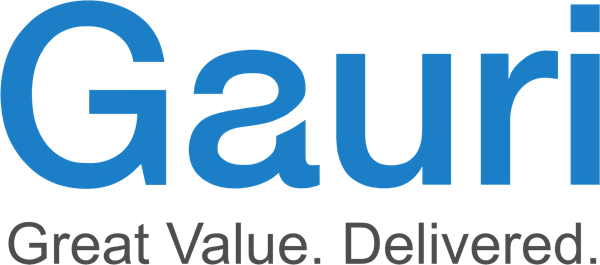Users are still required to launch and login to various applications in order to get the essential information. Single sign-on solves the problem partially, wherein users are not required to provide their log on credentials every time they launch a new application, but the additional efforts of launching multiple applications still remains.
We went one step further to provide our customer with all relevant information on a CRM home page by establishing a smarter way of integration with both SAP and non-SAP Business Intelligence and Data exploration tools. This arrangement has helped the users in customer facing roles to respond immediately and make faster and more informed decisions.
These integration scenarios can be designed for SAP BO and various other non-SAP business intelligence solutions like Cognos, which offers an environment to design reports that use corporate data from multiple SAP and non-SAP sources.
QlickView serves as the implementation example for all other solutions under the non-SAP category because the same implementation principals can be applied to the others.
QlickView
Once the QlikView connector is deployed, the SAP front end can interrogate the QlikView applications that are tied directly back to their MM, FI, SD, CO, CRM and other SAP modules. These analyses can also combine non-SAP data sources in a rapid, flexible, and easy way. This connector has read-only access to SAP data.
SAP Business Objects
If an organisation has opted for SAP Business Intelligence suite as their reporting solution, then all the required connectivity is available during the basic system set up. BI extractors extract data from the core SAP modules. Data extracted from SAP systems can be combined with data from third party systems to form a collective analysis.
Overall Process Improvement and Business Benefits
Users can access any report through a centralized point of interrogation, even if the underlying report requires data from both SAP and non-SAP systems. As an example accounts, contacts and opportunities from CRM, quotations and sales orders from ECC and leads from any third party marketing system are extracted. Careful analysis of customer-facing scenarios leads to specifically-designed reports/dashboards and graphs being presented on the user’s home page in the form of a Mashup. The Mashup feature along with a single sign-on (can be implemented with LDAP/active directory) empowers a user to have access to the enterprise-wide information at their fingertips without logging into various systems. The use of Mashup also improves the overall look and feel of the system. Users can chose to further personalise their home page with the help of standard personalisation options.
Users get all information upon logging in to the CRM system. The information is most relevant and can be tailored to individual’s need by filtering the content based on the user who has logged on, along with the choice of additional parameters.
There is an option to show both an aggregated and a detailed transaction level analysis to users. The content of the report doesn’t have to be static – dynamic reports are also supported with this integration scenario where users can interact with the report to drill down to the lowest level possible.
This feature enables customer-facing users to work efficiently, which helps raise customer satisfaction and saves time for all involved parties.
It all starts to feel like joined-up and responsive customer service. If your company would like to benefit more from better integration Gauri can help.

